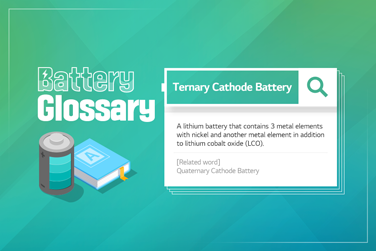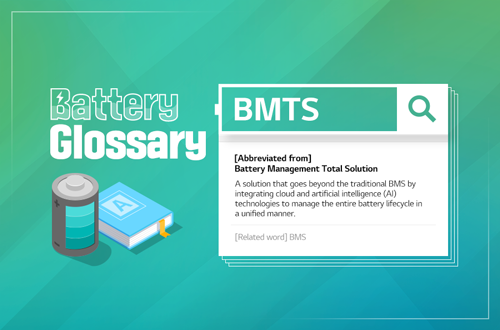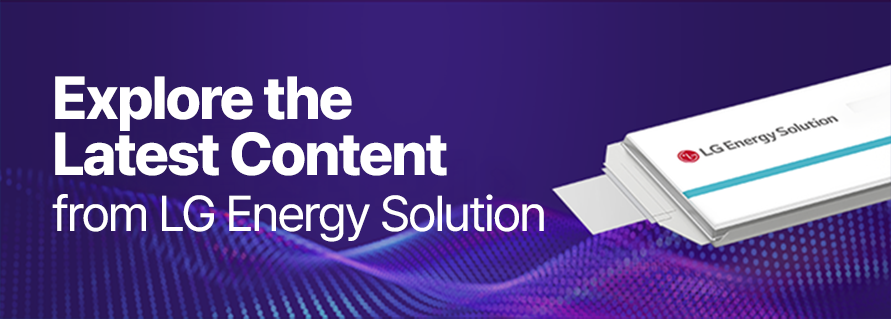We have discussed ternary cathode battery that contains 3 metal elements in its cathode before. This time, we will learn about quaternary cathode battery, an advancement on the ternary cathode battery; What it is and what its characteristics are.
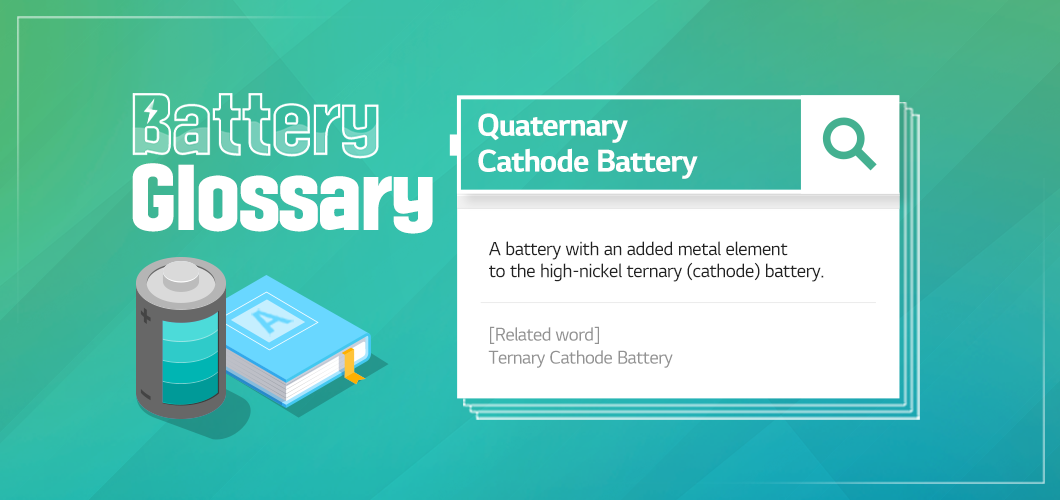
What is a Quaternary Cathode Battery?
A quaternary cathode battery refers to a battery with 4 metal elements in its cathode, adding one more element than the ternary cathode battery that is based on lithium cobalt oxide (LCO). One of the most known quaternary cathode batteries is an NCMA battery where aluminum (Al) is added to an NCM (nickel, cobalt, and manganese) ternary cathode battery.
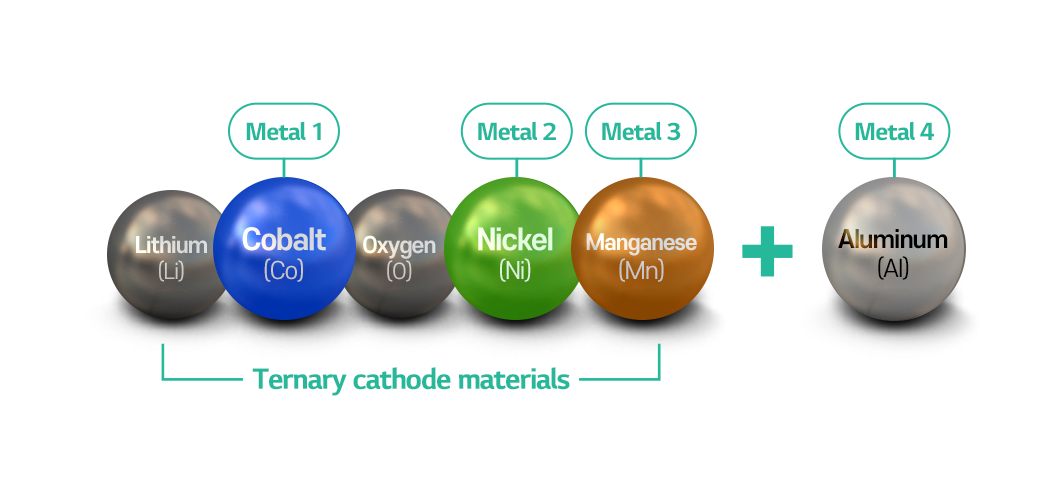
Characteristics of Quaternary Cathode Batteries
An NCMA battery can have a higher capacity as it can have higher nickel content. Manganese improves the safety while aluminum raises the power output and safety of the quaternary cathode battery. It can also push down the cost, because it allows for to reduction of the content of pricey cobalt. In addition, it can be applied to all types of batteries such as button cell, prismatic, and pouch batteries.
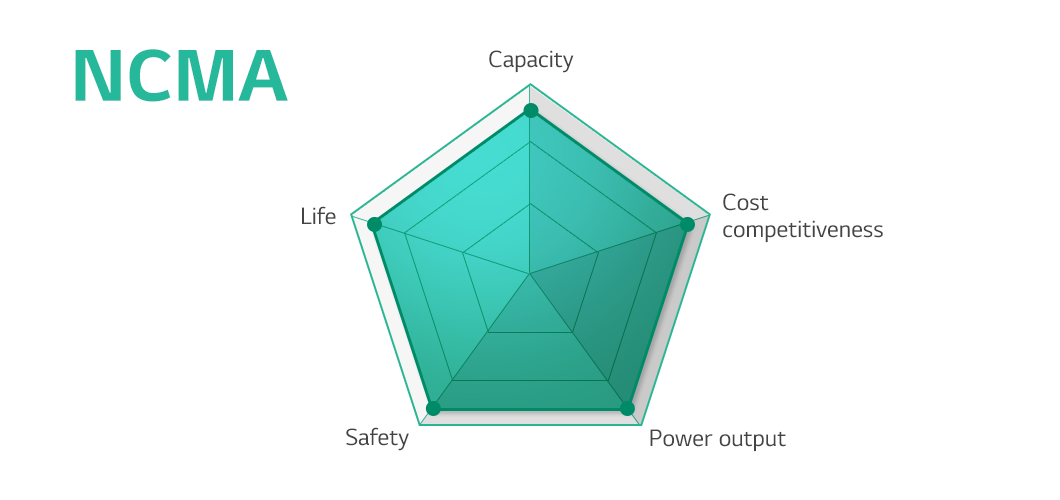
These advantages have earned quaternary cathode batteries a lot of attention. If you remember each metal element contained in the cathode of a quaternary cathode battery and their characteristics, you will be able to identify the combination and characteristics of the cathodes when you see a battery name with additional letters in future.
